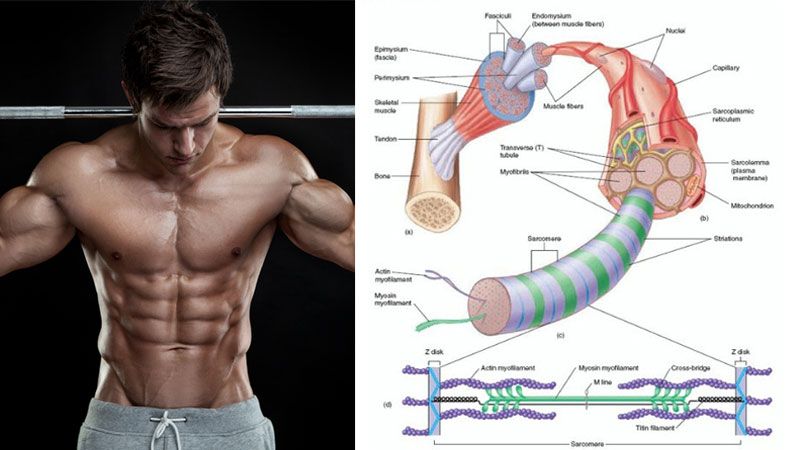
Muscle hypertrophy, also known as muscle growth, is a fascinating process that occurs when muscles are subjected to
repeated resistance training. Understanding the science behind muscle hypertrophy can help individuals optimize their workouts and achieve their fitness goals more effectively.
Mechanism of Muscle Hypertrophy
When we engage in resistance training, our muscles experience microscopic damage at the cellular level. This damage triggers a cascade of events within the body that lead to muscle growth and adaptation. The primary mechanism behind muscle hypertrophy is the synthesis of new contractile proteins within the muscle fibers.
Role of Satellite Cells
Satellite cells, a specific type of stem cell, play a crucial role in muscle hypertrophy. These cells reside on the surface of muscle cells and remain in a dormant state until muscle damage occurs. When damage occurs, satellite cells become activated and multiply, fusing with existing muscle fibers. This fusion increases the number of nuclei within the muscle fibers, enabling greater protein synthesis and muscle growth.
Adaptations in Muscle Fiber Size
Muscle fibers, the individual cells that make up our muscles, can adapt and grow in size in response to resistance training. This process is known as myofibrillar hypertrophy. When we lift heavy weights and subject our muscles to progressive overload, the muscle fibers undergo structural changes to withstand the increased load. These changes include an increase in the number and size of contractile proteins, resulting in larger and stronger muscles.
Hormonal Factors
Hormones also play a significant role in muscle hypertrophy. Testosterone, a hormone primarily found in males but also present in females in smaller amounts, acts as a potent stimulator of muscle growth. It promotes protein synthesis, increases satellite cell activation, and enhances muscle fiber size. Growth hormone and insulin-like growth factor-1 (IGF-1) are other hormones that contribute to muscle hypertrophy by stimulating protein synthesis.
Protein Synthesis and Nutrition
Protein synthesis is a vital process for muscle growth. To stimulate protein synthesis, it is essential to consume an adequate amount of dietary protein. Amino acids, the building blocks of protein, are needed for the repair and growth of muscle tissues. Consuming a balanced diet that includes high-quality protein sources, such as lean meats, fish, eggs, and plant-based proteins, can support optimal muscle hypertrophy.
Training Variables
Several training variables influence muscle hypertrophy. Progressive overload, the gradual increase in resistance over time, is crucial for stimulating muscle growth. By progressively increasing the weight or intensity of exercises, we continually challenge our muscles, prompting them to adapt and grow. Additionally, volume, frequency, and rest periods between sets and workouts also play a significant role in muscle hypertrophy.
Recovery and Rest
Rest and recovery are as important as the training itself when it comes to muscle hypertrophy. During rest, our muscles repair and rebuild, adapting to the stress placed upon them during exercise. Insufficient rest can hinder muscle growth and increase the risk of overtraining. Adequate sleep, proper nutrition, and regular rest days are crucial for optimizing muscle hypertrophy.
Muscle hypertrophy is a complex process that involves various factors, including cellular mechanisms, hormonal regulation, nutrition, and training variables. By understanding the science behind muscle growth, individuals can tailor their workouts and lifestyle choices to maximize muscle hypertrophy and achieve their desired fitness goals.

